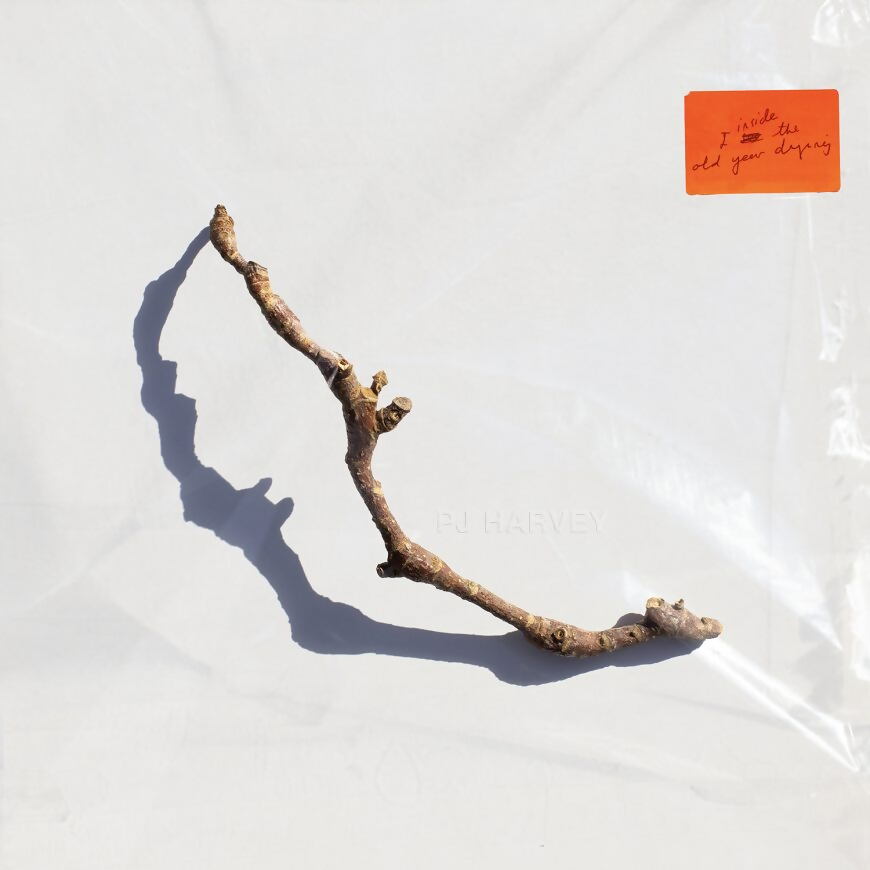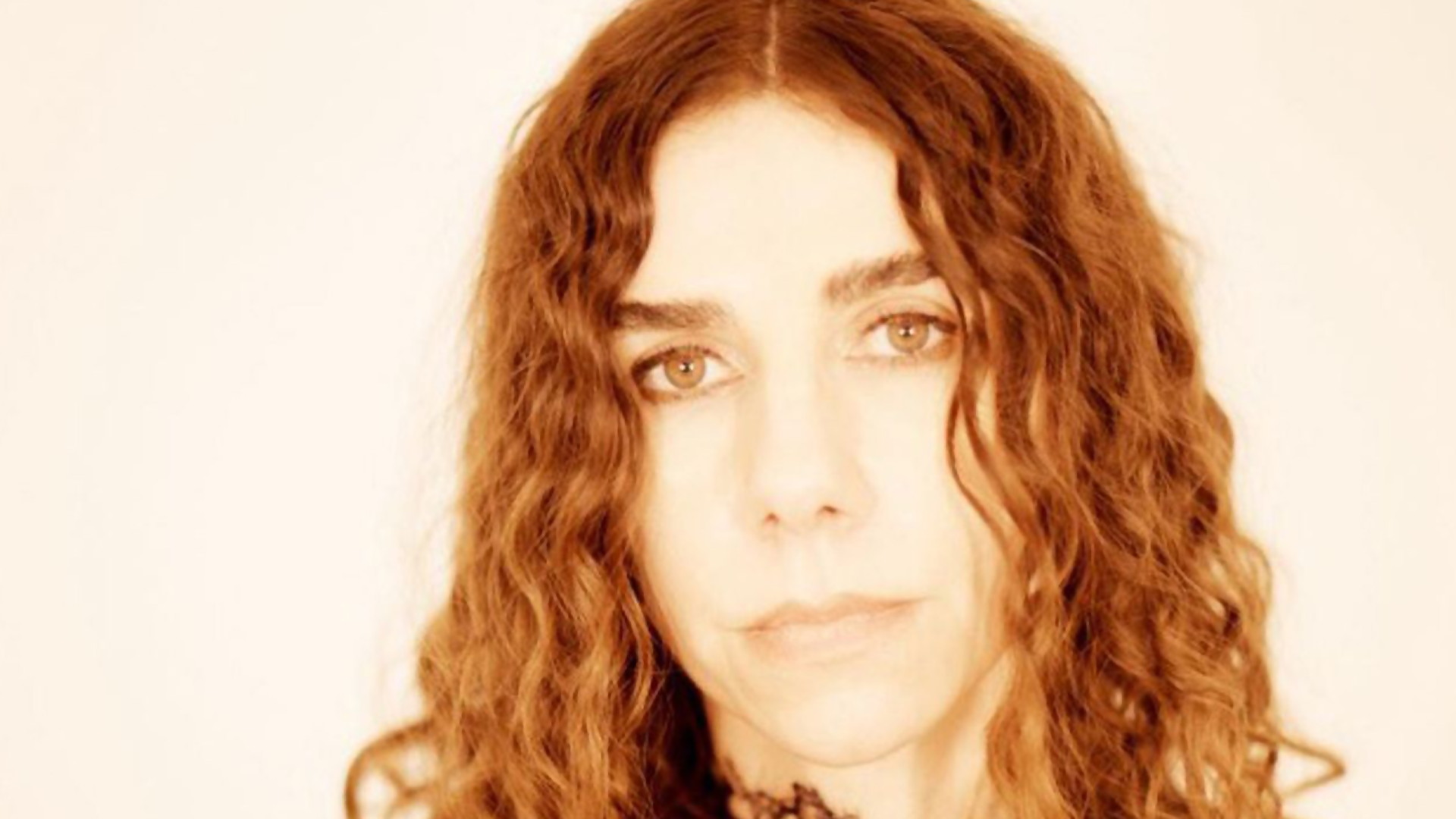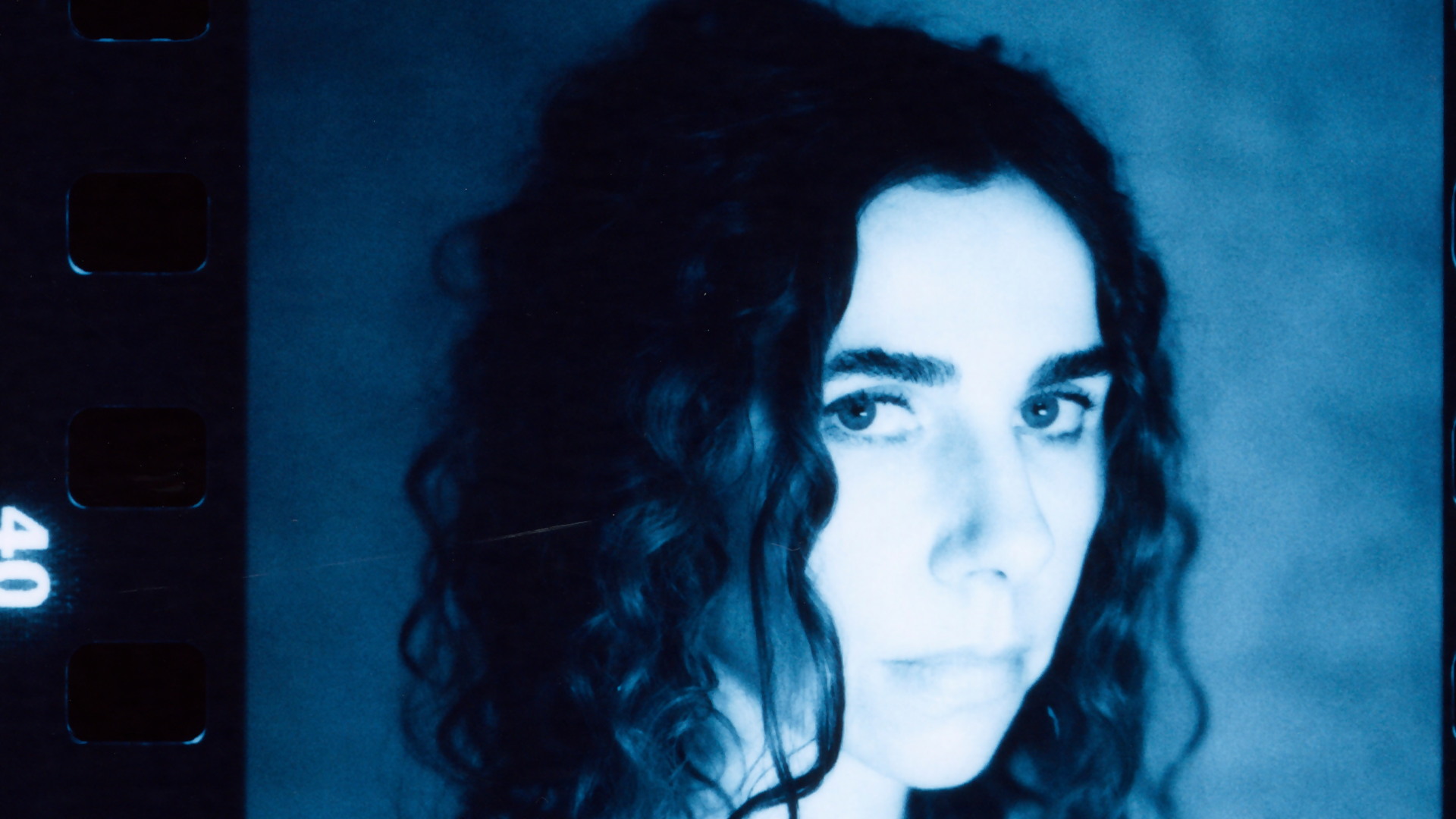★★★★☆
You can’t blame PJ Harvey for taking seven years to release new music. The enigmatic songstress was last heard on 2016’s Hope Six Demolition Project: a politicised statement that took her across the Earth. Named after a US government program that aimed to gentrify low-income public housing, it was inspired by trips to Kosovo, Afghanistan and Washington DC – and, after touring and some ferocious backlash from American officials, pushed the singer-songwriter to the brink of packing music in.
Unsurprisingly, for long-awaited comeback I Inside the Old Year Dying, Polly Jean has forayed into the polar opposite direction. Where Hope Six… was preceded by three years of travel, these songs, she says, “came out of me in about three weeks” and were partially improvised.
The lyrics are about “one person, one wood, a village” rather than the wider world. And the music is quieter. Contemplative and dreamlike, I Inside… is anything but the seismic art-rock record its predecessor was.

Opener ‘Prayer at the Gate’ starts as a gradual hypnosis instead of a bold manifesto. Synths slowly whir over gentle percussion, then Harvey adds a wordless melody of doo-doo-doos on top. “Wyman, am I worthy?” she mysteriously croons in her falsetto voice. “Speak your wordle to me, and drisk shrouded in its cloak.”
Although it sounds like gobbledygook, Harvey’s lyrics occasionally come in the ancient tongue of where she grew up in rural Dorset. There are translations in the liner notes, but I Inside… still carries an air of otherworldly woodland fantasy, rooted in the beauty, isolation and folklore of the county.
It was an alien atmosphere encouraged by her producers and long-time collaborators Mark ‘Flood’ Ellis and John Parish. On ‘Prayer at the Gate’, there was a push to make the vocals evoke those of an aged and graceful being, while the singing on the album’s title track packs a more powerful and deep-voiced grit.
There’s depth to this fantasy, as well. Harvey describes I Inside… as being about “the intensity of first love and seeking meaning”. Its protagonist is a young girl exploring a world where ghosts and spirits exist.
Whether intentionally or not, the theme mirrors how the singer claims she fell back in love with music: removing herself from the cycle of tireless touring and album releases, and simply and innocently perching herself at her piano to play some of her childhood favourite tunes.
If Hope Six… savaged corruption, then I Inside… is an ode to naivety and purity. ‘Lwonesome Tonight’ is as barebones and uncomplicated as folk-rock could ever get. For almost four minutes, Harvey sings and wails atop delicate taps and the picking of acoustic guitar strings. But, when you have a voice as heartstring-plucking as hers, sometimes that’s all that’s required.
Similarly, ‘Seem an I’ opens with 30 seconds of the vocalist singing in isolation. The rawness and simplicity makes the introduction sound like a soundbite from The Wicker Man, recorded in passing by someone who perhaps was not meant to hear.
That celebration of all things beautifully and immaturely imperfect isn’t always divine, though. ‘Autumn Term’ sounds like it could be one of this album’s more improvised numbers, as the harmonising between its two lead voices sounds so uncoordinated as to be off-putting.

Photo: Steve Gullick
Still, bliss is the predominant emotion here, as Harvey fully envelopes you in something that couldn’t be further from the contemporary political horrors captured on Hope Six….
As a result, when closing song ‘A Noiseless Noise’ elects to end I Inside… with its atonal dissonance and strumming of electric guitars, it strikes like a startling wakeup from an album-long dream in a mediaeval fantasyland.





